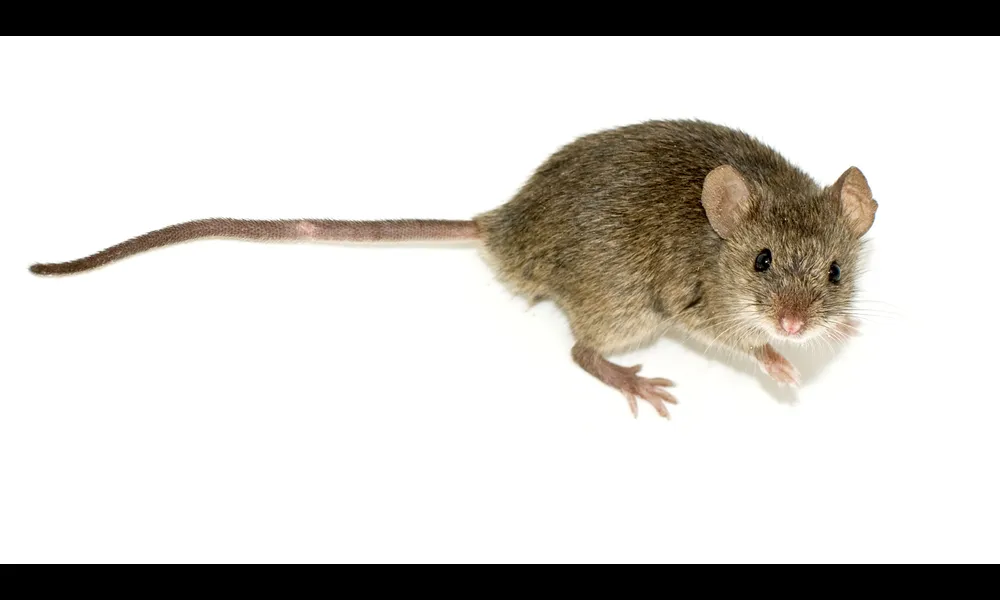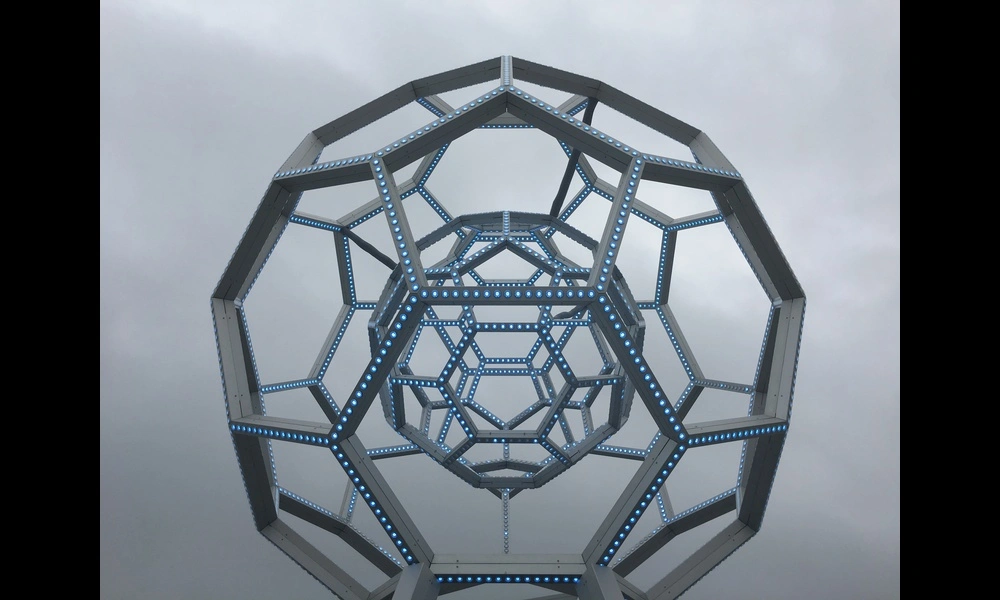Study Unveils How Mouse Brains Refine Visual Information
Published on Wed Feb 07 2024 File:Мышь 2.jpg | Iketsi on Wikimedia
File:Мышь 2.jpg | Iketsi on WikimediaIn a recent study released by researchers from the Max Planck Institute for Dynamics and Self-Organization and other institutions, our understanding of how the mouse visual system processes information has been significantly advanced. Traditionally, it's been thought that the brain organizes its processing of visual signals in a hierarchical manner, meaning that different parts of the visual system are responsible for interpreting various aspects of the visual field over different timescales. This new study not only supports this idea but also introduces intriguing insights into the complexities of these processes, offering valuable perspectives that could influence future neuroscientific research and potentially, the development of new neuromorphic computing systems.
The study utilized an innovative combination of information-theoretic analysis and classical autocorrelation techniques to delve into the neuronal activity within the mouse visual system. The findings reveal that as information travels through the visual pathway—from the eyes to the higher cortical areas—the brain's ability to integrate and process this information over extended periods increases. Interestingly, predictability, or the brain's ability to anticipate future visual signals based on past information, decreases along the same pathway. This suggests that while the brain is becoming more adept at integrating information over time, it is also reducing the redundancy of the information it processes, potentially to increase the efficiency of its coding.
These dynamics were observed consistently across different visual stimuli, highlighting their intrinsic nature within the mouse visual system's architecture. Furthermore, the study successfully replicated these effects using computational models, underscoring the potential universality of these mechanisms across different species and computational systems. This not only advances our understanding of the visual system's functioning in mice but also paves the way for broader generalizations and applications in computational neuroscience and beyond.
The implications of these findings reach far and wide. For one, they contribute significantly to our basic understanding of how the brain processes sensory information over time, adding a new layer of complexity to the already intricate picture of neural information processing. From a more applied perspective, understanding these hierarchical and temporal aspects of neural processing could inform the design and development of artificial neural networks and neuromorphic computing systems, which aim to mimic the efficiency and adaptability of biological brains. As we continue to unravel the mysteries of the brain, studies like this one provide crucial building blocks for the future of neuroscience, artificial intelligence, and beyond.



